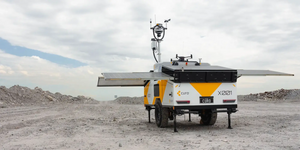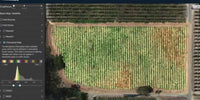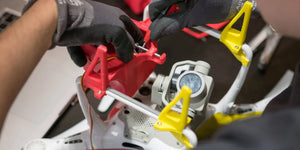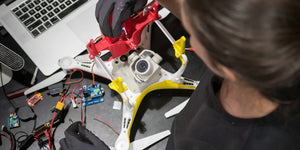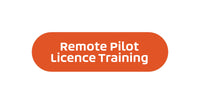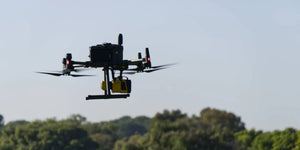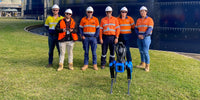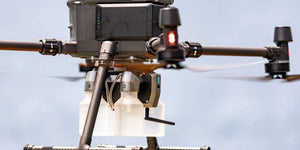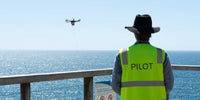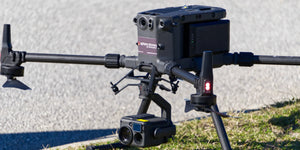As agricultural technology continues to evolve, drones have earned a spot in farmers sheds worldwide. Drones, equipped with cutting-edge technology, can assist farmers in numerous ways. One such use of drones is in spraying herbicides and spreading nourishment, which can be done efficiently and accurately using the DJI Agras T40 drone.
To start flying there are a number of steps required for a farmer to complete, who wishes to start spraying or spreading on their own land, using the DJI Agras T40 drone. We will also discuss how a DJI Mavic 3 Multispectral can be used in conjunction to identify specific weeds like Blackberries or Tussock Grass, and the regulatory requirements that farmers will have to abide by in Australia.
Step 1: Get a RePL
Typically, you would only need a Remote Pilot License (RePL) while operating a drone in a commercial aspect, but since the Agras T40 is a large drone over 25kg an additional accreditation from CASA is required to operate it. An RePL can be obtained by attending a five-day training course, passing a theory exam, and demonstrating practical flying skills, all of which we can arrange. But think of all of those acres you get to spray?
Step 2: Get accreditation to operate the Agras T40
In addition to an RePL, a special accreditation is required to operate the DJI Agras T40 drone. This accreditation is granted by the Civil Aviation Safety Authority (CASA) and requires additional training specific to operating the T40 drone. This training covers topics such as drone maintenance, risk management, and flight planning.
Step 3: Obtain EPA permits for drone spraying
Before spraying any herbicides from a drone, it is essential to obtain the necessary permits from the relevant Environmental Protection Agency (EPA). These permits differ from those used for ground-based spraying systems and cover aspects such as the type and amount of chemicals to be used, the target area, and the weather conditions under which spraying can take place.

Step 4: Plan the flight
Before starting the drone, it is essential to plan the flight path carefully. The flight path should be designed to cover the entire area to be sprayed, ensuring that there is no overlap or missed areas. The T40 drone can be programmed to follow a predetermined path, ensuring that the spraying is done accurately and efficiently. We include this software free for the first year with every Agras T40 purchase to assist with this.
Step 5: Identify weeds using the DJI Mavic 3M
The DJI Mavic 3 Multispectral is an advanced drone equipped with a specialised camera that can identify specific plants based on their unique spectral signature. This camera can be used to find specific weeds like Blackberries or Tussock grass, allowing farmers to target these weeds with the appropriate herbicide. Mavic 3M also features an RGB camera, making it great for surveying, cattle management, perimeter inspections, and more.
An overview
In conclusion, operating a DJI Agras T40 drone for herbicide spraying does require careful planning, training, and regulatory compliance. But the upside to taking this in house is huge. Typically, at a price of $65 per acre for helicopter spraying at 500 acres, your investment is paid back after a year and half, and you own the equipment.
Obtaining an RePL, a special accreditation to operate the T40 from CASA, and the necessary EPA permits are essential prerequisites. Additionally, using a DJI Mavic 3 Multispectral can help identify specific weeds and target them with the appropriate herbicide. By following these steps and using the latest agricultural technology, farmers can be more responsive to weed outbreaks and take control of their operational timings and schedules.
